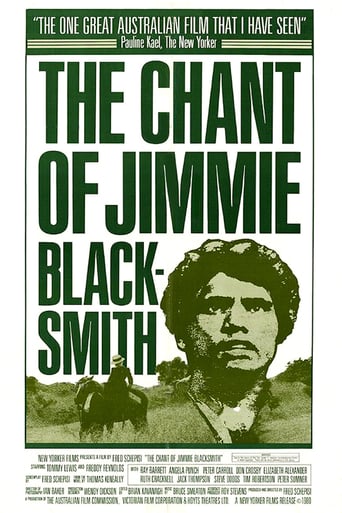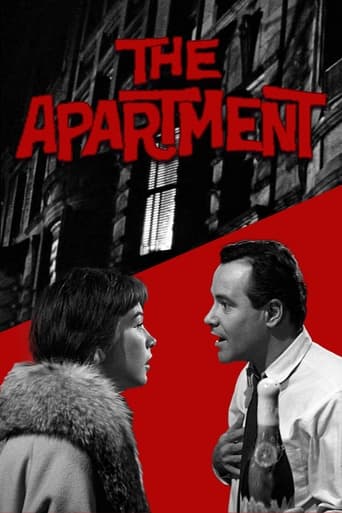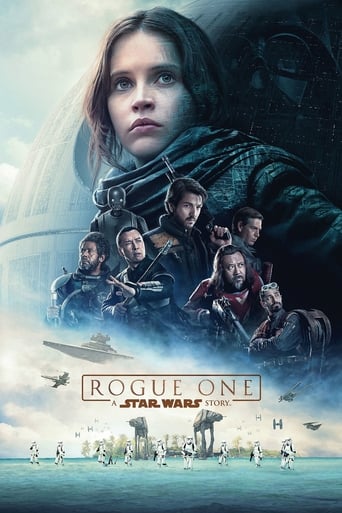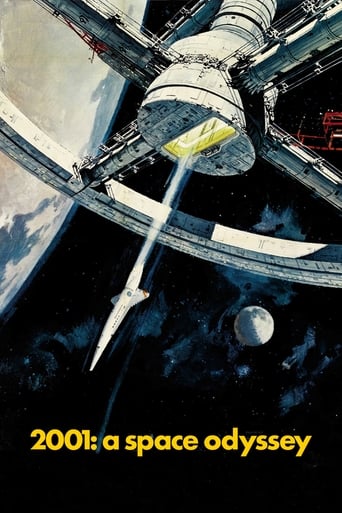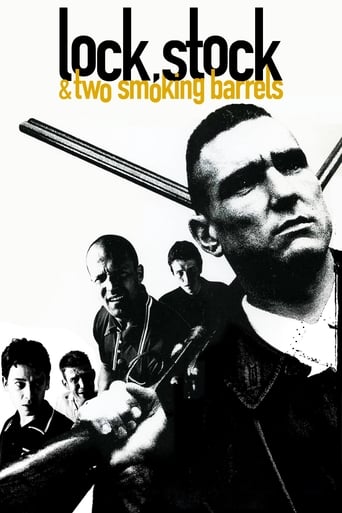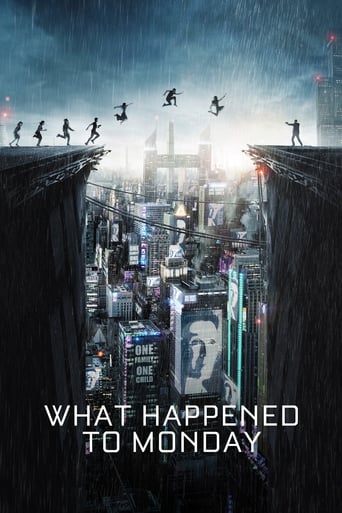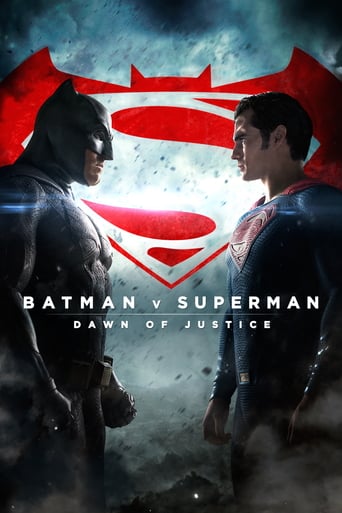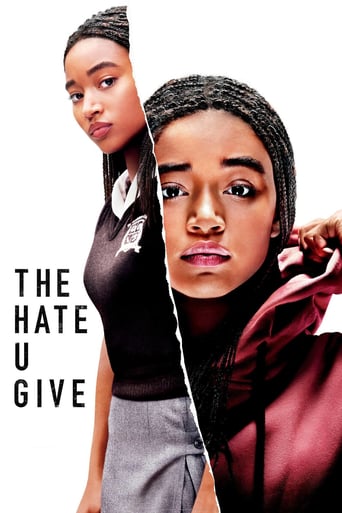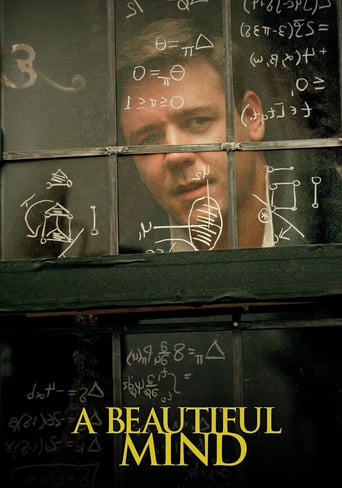


Rabbit-Proof Fence
In 1931, three Aboriginal girls escape after being plucked from their homes to be trained as domestic staff, and set off on a trek across the Outback.
-
- Cast:
- David Gulpilil , Ningali Lawford , Deborah Mailman , Jason Clarke , Kenneth Branagh , Natasha Wanganeen , Garry McDonald


Similar titles
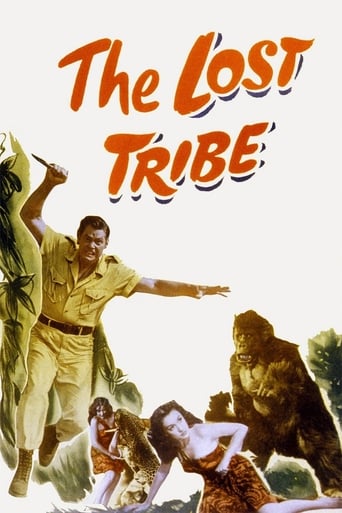
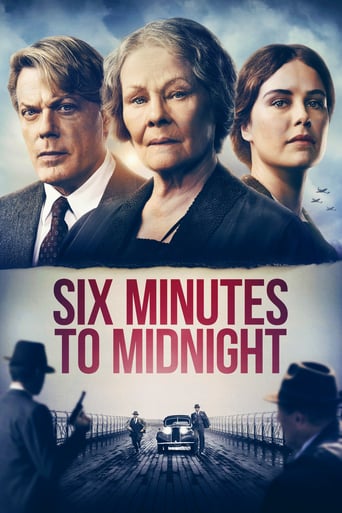
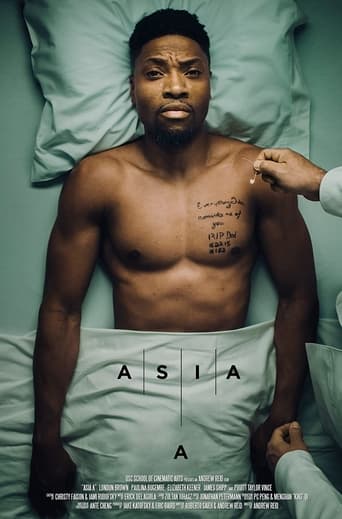
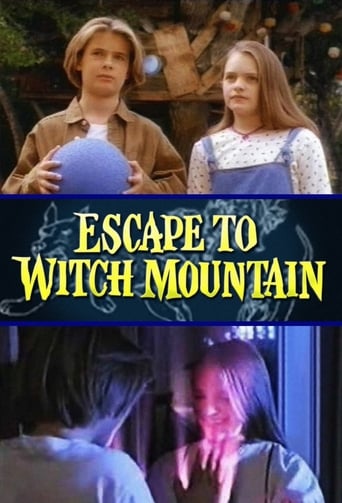
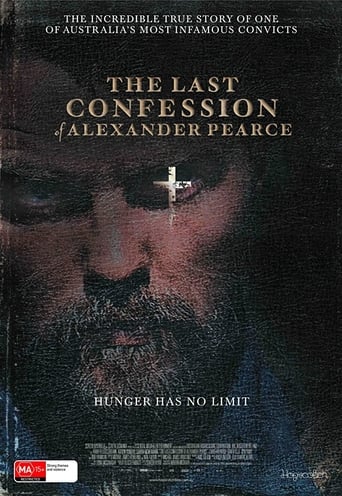
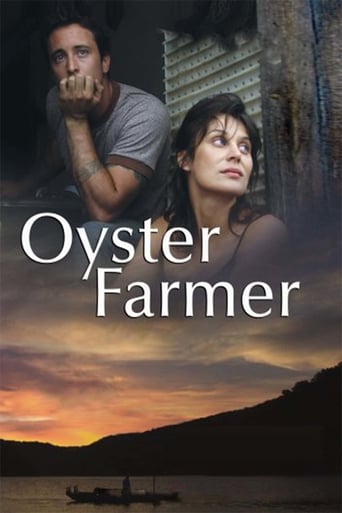
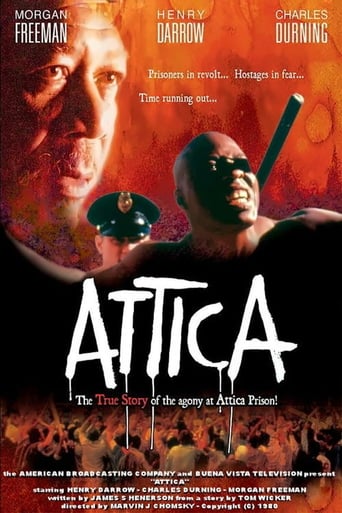
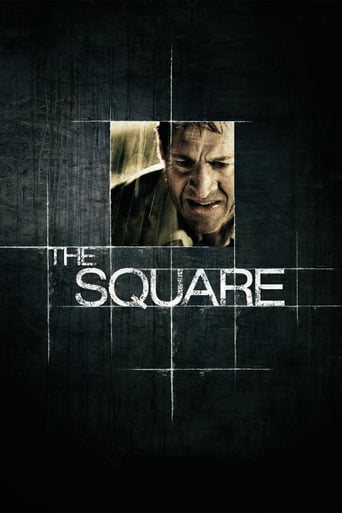

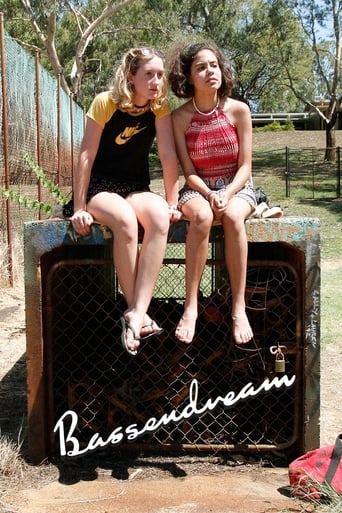
Reviews
You won't be disappointed!
i must have seen a different film!!
How sad is this?
It's easily one of the freshest, sharpest and most enjoyable films of this year.
The film is representative of what has happened wherever people from England throughout history have gone around the globe and thought the indigenous humans weren't maximizing it's use and had less technologically advanced weapons. I live in America and the same thing happened here to the American Indians,(English label), almost a duplicate set of historical circumstances. The people that England sent were of less than first class citizens, indentured servants, outright criminals in both places, only Australia was used initially as a PENAL COLONY for some of the worst dregs that England had at home. They eventually turned those dregs loose on the Aborigines in an eradication program with promises of a livelihood and property. This was the seed humans that England populated Australia with so I can see all of the sorry things that occurred since then being in line with America's sorry history. I have read comments from the Australian and England inputs and they vary greatly but the lack of knowledge in the actual English and Australian history is remarkable. Where did the half caste children come from? Again as in the history of the Caucasian male he wants to have access to all females while going as far as murder to restrict access to what he considers his own females. Take all of this and the movie still cannot reach the levels of all that has been done to people on this planet in the name of progress. This film has merely touched on the inhumanity of people on this planet. All films could be better but to keep it as factual as possible sometimes leave something to be desired in the embellishments.
Rabbit-proof Fence (2002) is a story of three young girls who were from their homes was for "ethnic cleansing" purposes by the protagonists. Called "half-caste" children, they were considered a type of third race, and science was unable to do DNA and blood tests so they backed their reasoning by showing photographs of different generations of 'breeding out' the native aboriginal blood. After escaping from Moore River, a dormitory resembling a compound, they are tracked by a professional tracker and outsmart him, an ironic twist in the fact that they were taken from home to isolate the dark-skinned "less intelligent" girls from the rest of society. Two girls make the long journey, and even after returning home, they escape with their mother into the desert where the antagonist Molly is eventually caught and returned to the camp. When I first started watching this film, I thought perhaps the girls were being stolen for slavery purposes. The constables who led the search for the girls justified their morals by saying they were doing this for the children's own good, and to help society by reabsorbing the aboriginals back into "white" culture (where the lightest skinned children were spared from the grim dormitory lifestyle for real schools because they were supposedly more likely to succeed). In the 1930's Australia was still suffering major debts and depression after WWI. In "Culture And Customs of Australia", author Laurie Clancy says:"Farmers were forced off their land, city-dwellers were evicted from their homes and often took to the road in search of subsistence. Shanty towns grew up, with police constantly moving vagrants along." Women with children were considered a financial debt, and children "an unnecessary burden." (p. 29)This explains why there was nobody willing to stand up for these children, although they do meet sympathetic strangers along the way. Another thing I learned from researching the history of Australia is that the children who became survivors still struggle with cultural identity and family issues. They are known as the "Stolen Generation". This film was comparable to "12 Years A Slave" where actor Solomon Northup is drugged and sold into the black market as a slave, regardless of the fact that he has his papers declaring him a free man. The first time we see his character cry is for someone else; in Rabbit-proof Fence the eldest girl Molly (still a baby herself at 12 years old) cries only after the first hour of the movie when her sister is taken. Solomon sees other captive slaves hung and beaten for escape yet he waits for his moment; Molly does the same, convincing her sisters to join her when the time is right. Solomon had strip naked and share a washtub with others as guards looked on, stealing their modesty. Molly is washed by the nuns in an outside shower and has to defecate into a bucket in the corner of the over-crowded dormitory. Both characters have their rights stripped away from them, and at this point death is a better alternative to their certain miserable future. Though these movies are both based on history of a hundred years ago, the themes of racism and dominating of others persists in our country and others around the world today. Mixed- race couples in America get ostracized for marriage and for having children, although modern science clearly shows we are ALL mixed race of some sort or another and that there IS no "full- blood" in America today. Some gays and lesbians have even adopted the word "queer" to self- define, a way of stripping the derogatory power of that word from society. Many issues regarding aborigines still persists throughout Australia today, with two schools of thought regarding whether they should be isolated or "reabsorbed" back into society and given the same rights and opportunities as fair skinned settlers. has Clancy's book speaks of this disparity, and of today's gender issues in the country. Did you know that "Waltzing Matilda", the unofficial song of Australia, has nothing to do with a woman dancing, but refers to the swag of cloth or "matilda" worn by bushmen? I also learned that it wasn't until 1962 that aboriginals gained the right to vote! This is a great film, and the true story behind it is worth looking into.
The movie Rabbit Proof Fence is a story concerning the Stolen Generation in Australia. Very many half caste kids (one of the parents was white, and the other one, usually the mother, was aborigine) were taken by the white population in Australia by force and sent to schools or institutions that were going to train them into being white. A man called Mr. Neville, the Chief Protector of Aborigines in Western Australia, had the responsibility to decide over the aboriginal population, and from what they knew about the aborigines and the whites, it was with good intentions that they took the children away. They were supposed to mix the aborigines with the white population and eventually the aborigines would die out.This movie is a true story about how three girls, Molly, Gracie and Daisy, who were half caste children, were taken away from their mothers and put in an institution very far from where they lived. They soon made an attempt to run away, and they used a fence that stretched through the country to navigate. The fence was called a rabbit proof fence because it was there to prevent that the rabbits would ruin the agriculture on the other side. During this journey the girls always had to hide and cover their tracks. An aborigine who worked for the whites, Moodoo or "the Tracker", was following them. The oldest of the girls was Molly; she was only 14 years old.Molly, Daisy and Gracie changes throughout the movie, they are dynamic characters. What they experience makes them more grown-up. The girls' families are flat characters.The story about the three girls is true, it happened in the 1930's, and at the end of the movie, we get to hear about the real story and how it ended. Since the story is true, the creator of the film had some guiding lines to follow. The setting is put to the 1930's and the setting is very natural, most of the movie takes place in the Australian outback/desert.The most important thing about the movie is when the girls are taken away, and their journey home. The relationship between the aboriginals and the white population is something we can learn more about in this movie.I liked the movie because it is a true story about three young girls who had courage and a determination that everybody could look up to. The movie doesn't have a proper climax, and if you are a person who like when something happens in movies, this movie might not be the best choice. But I would recommend it anyway because of the historical aspect.
Film ReviewRabbit-Proof Fence is an Australian drama film from 2002. The plot is based on a true story about three Aboriginal girls who is taken away from their mother and put in a settlement run by white men to breed out the mixed-race Aboriginals. It follows the three girls as they escape the settlement and starts on the long journey home, and are hunted by the white men who are doing everything they can to bring the three girls back to the settlement. The plot is taking place in the year 1931. The film is directed by Phillip Noyce and is based on the book Follow the Rabbit-Proof Fence by Doris Pilkington Garimara who is the daughter of the main character Molly Craig. This film does a good job of entertaining the viewer! The director has done a good job finding locations to film and placing the right music in the right place. You will see a lot of nice shots of the Australian Outback and the music really helps to build up under what is currently happening on the screen. What is a little special about this film is that it manages to keep it interesting to watch without the Hollywood use of special effects, weird camera angels or other things that would be typical for a Hollywood-film. This film is made to tell a story and so it does. And this is a good thing, because the story is strong in most ways. Though I did not get the emotions I would might expect out of a movie like this. I don't want to spoil too much for you, but I can say this: Some tragic happenings occur in the movie, and the film didn't make me feel enough for the characters to really care. I think this is much due to the acting of the main characters. Especially when it came to the character Molly, I didn't feel like she is acting like a normal 14-year old would. She is constantly dead serious and does not get emotional enough. When walking a path of 1500 miles to get home, it would sometimes seem like a normal walk in the village. Other than this, the acting is mostly good and so is the movie. I give it a score of 7 out of 10 because it is a good movie with an interesting plot and story behind it. It is a bit linear and because of this and the sometimes poor acting I do not give it a higher score.

